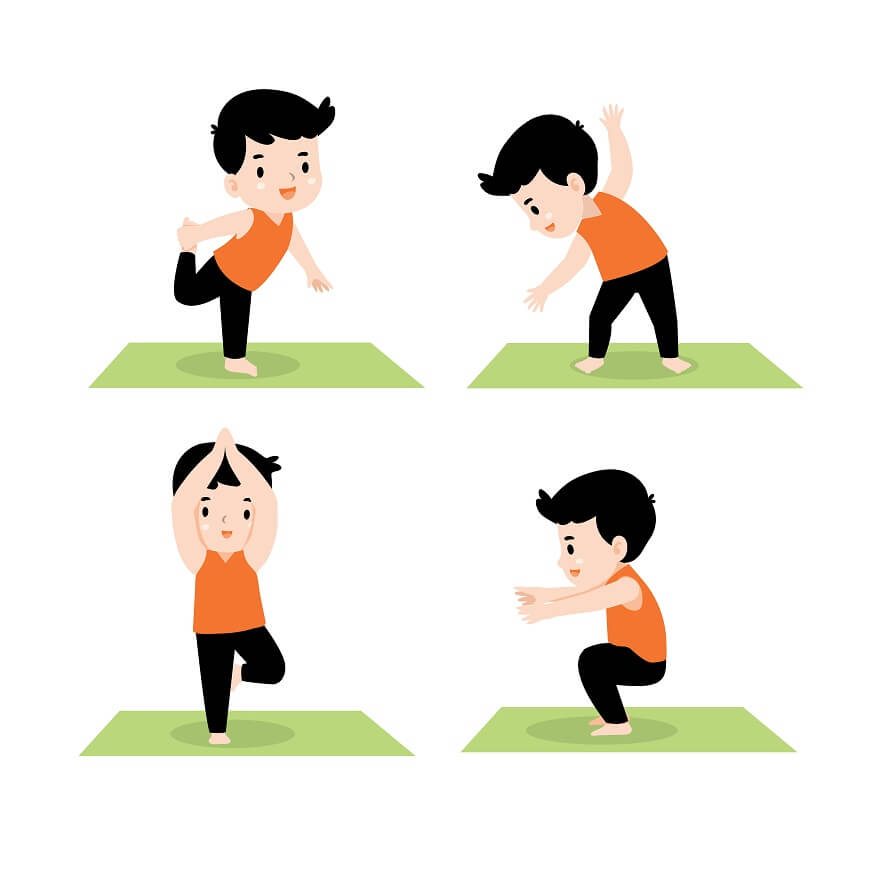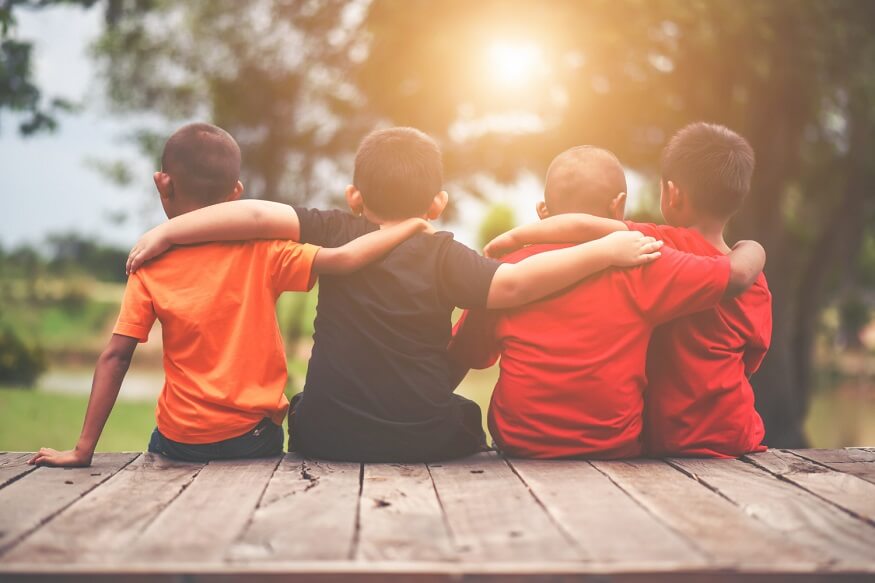Ensuring physical education safety for kids is of utmost importance to protect them from accidents, injuries, and potential health risks. By implementing safety measures, parents and caregivers can create a safe environment for children to succeed. Here are 20 points with detailed prevention ways to promote physical health safety for kids.
Also Read: Monsoon Tips for Kids: How to Stay Safe during rainy season
Essential Ways to Protect and Safeguard Children:
Childproofing: Childproofing the home helps minimise hazards. Install safety gates at staircases, secure heavy furniture to the walls to prevent tipping, cover electrical outlets, and use cabinet locks to keep dangerous substances out of reach. Regularly assess the home for potential hazards and make necessary adjustments.
Proper Nutrition: A balanced diet is essential for children’s growth and development. Provide a variety of healthy foods such as fruits, vegetables, grains, proteins, and dairy products. Limit your intake of sweet snacks, soft drinks, and processed meals. Educate children on good eating habits and engage them in meal planning and preparation.
Regular Exercise: Encourage physical safety activity to promote strength, flexibility, and cardiovascular health. Encourage kids to participate in activities like cycling, swimming, sports, or playing outdoor games. Reduce idle habits such as excessive screen time and encourage an active lifestyle.
Routine Sleep: Sufficient sleep is crucial for children’s physical and mental well-being. Establish a regular bedtime routine and ensure children get the suggested hours of sleep based on their age. Create a sleep-friendly environment, limit electronic device usage before bedtime, and encourage relaxation techniques to promote quality sleep.
Personal Hygiene: To avoid the spreading of infections and the possibility of sickness, teach children about good hygiene methods. Teach children to wash their hands with soap and water for 20 seconds before eating, using the bathroom, and after outdoor activities. Teach them to cover their mouth and nose with their elbow or tissue when coughing or sneezing.
Proper Use of Safety Things: Ensure that children use proper protection for various activities, such as helmets when riding bicycles, skating, or rollerblading. Encourage the use of knee and elbow pads, wrist guards, and mouthguards for certain sports. Insist on the use of seat belts in cars and booster seats as per the child’s age and weight.
Fire Safety: Teach children about fire safety and establish a family fire escape plan. Install smoke detectors on each floor of the house and test them regularly. Place fire safety kits in accessible locations. Conduct fire drills and practice evacuation procedures. Teach children to stay low and crawl to safety in case of smoke.
Poison Prevention: Keep all household cleaning products, medications, and chemicals out of children’s reach. Use childproof locks and store risky substances in locked cabinets. Label all substances clearly. Safe storage of chemicals, sharp objects, and potentially risky materials from children in the classroom.
Safe Playgrounds: Inspect playground equipment regularly for any damage, sharp edges, or loose parts. Ensure that the playground surface is soft, such as rubber or sand, to minimise injuries from falls. Teach children how to use the equipment safely and supervise their play. Report any broken or hazardous equipment to the appropriate authorities.
Water Safety: Never leave your kid wandering near an area of water, such as a swimming pool, pond, or bathtub. Build barriers around pools, such as walls, and use self-latching gates. Participate your children in swimming classes to teach them water safety. When boating or engaging in water activities, always wear an official life jacket.
Traffic Safety: Teach children road safety rules and behaviours. Teach children to look both ways before crossing the street, use crosswalks, and respect traffic signals. Accompany young children when walking near roads. Encourage the use of reflective clothing or accessories when walking or cycling during low-light conditions.
Sun Protection: Protect children from harmful UV radiation by applying sunscreen with a high SPF before outdoor activities. Dress them in lightweight, light-coloured clothing that covers the arms and legs. Provide sunglasses and wide-brimmed hats to shield their eyes and face. Seek shade during peak sun hours to reduce exposure.
Preventing Falls: Install safety gates at the top and bottom of staircases to prevent falls. Keep windows closed or use window guards to prevent accidental falls from heights. Ensure furniture is stable and not climbable. Place non-slip mats in bathrooms and use handrails on staircases to provide stability and support.
Choking Hazard Awareness: Keep small objects, such as coins, batteries, or small toys, out of reach of young children. Regularly inspect toys for small parts that can pose a choking hazard. Cut food into small, easily manageable pieces and supervise children while eating to prevent choking incidents.
Electrical Safety: Teach children about electrical hazards and the importance of not touching electrical outlets or playing with cords. Cover unused outlets with safety caps. Secure cords out of reach to prevent tripping or pulling of electrical devices. Store electronics and appliances safely, ensuring children cannot access them without supervision.
Allergic Be aware: If your child has asthma or allergies, teach them about the specific substances they are highly sensitive to and how to avoid them. Inform caregivers, teachers, and friends about the allergies to prevent accidental exposure.
Emotional and Physical Abuse Prevention: Teach children about personal boundaries, appropriate and inappropriate behaviour, and how to recognise signs of abuse. Create a safe environment where children feel comfortable expressing concerns and sharing experiences.
Physical safety in the classroom: Classrooms with specialised spaces, such as scientific laboratories, art studios, or technology rooms, should have unique safety protocols in place. Physical education safety in the classroom means clean and well-maintained classrooms to avoid the spread of sickness. In the classroom, proper furniture arrangement to guarantee open routes and avoid risks of tripping. Teach children basic first aid skills, such as how to clean and bandage small wounds.
Safety education in physical education: Safety education in physical education encourages the growth of physical abilities, knowledge, and behaviours that assure a person’s safety and well-being. It teaches physical safety in the classroom for students how to participate in physical activities safely, develop safety standards, and make educated decisions to avoid accidents and injuries.
Also Read: Causes of Lightning and Precautions to Take
Conclusion:
At EuroSchool, we understand that by emphasising physical safety for children, we create an atmosphere in which they may develop, explore, and succeed with minimum risks. Parents and carers may establish a safe and secure atmosphere for children to enjoy their childhood to the fullest by applying these guidelines. Keep in mind that it is our common responsibility to give preference to their physical protection and encourage their entire development.










